
|

Die Entstehung von
La Pâtisserie Rococo
Seit wir 2008 mit der Entwicklung von Gesellschaftsspielen begonnen haben, wurden wir oft gefragt, wie ein solcher Entwicklungsprozess aussieht. Jedes Mal, wenn wir geantwortet haben, war es eine andere Geschichte, da jede Entwicklung anders abläuft und wir über die Jahre viel gelernt haben.
Für unsere neueste Entwicklung, das demnächst erscheinende La Pâtisserie Rococo, ist diese Geschichte – mal wieder – eine komplett andere.
Die Jahre 2018 und 2019 waren hauptsächlich mit Arbeit an unseren vorherigen Entwicklungen, Tungaru und Valparaíso, ausgefüllt. Zusätzlich haben wir noch mit Eagle-Gryphon Games an der Rococo Deluxe Edition gearbeitet, einer Neuauflage von Rokoko mit unserem ersten selbstentwickelten Solo-Modus.
Unglaubliche Langeweile?
All diese Arbeiten wurden 2019 fast zeitgleich abgeschlossen, so dass wir viel Zeit hatten, um über das nächste Projekt nachzudenken. Im Dezember 2019 kam dann der Gedanke: Nehmen wir das Beste dieser drei Spiele, fügen ein paar Mechanismen hinzu, die wir schon immer mal probieren wollten, und erschaffen wir ein Spiel, dass ein würdiger Nachfolger all dieser Spiele ist, vor allem Rokoko. Auch ein Thema kam uns in den Sinn: Ein Backwettbewerb.
Also fingen wir im Januar 2020 an, einen groben Entwurf für das Spiel zu erstellen, anfangs noch unter dem Titel Cookie Champion.
Erstmals ging diese Entwicklung komplett vom Thema aus. Mehrere Wochen lang sprach ich wieder und wieder mit meiner Frau Anja (einer begeisterten Bäckerin) über die Elemente des Backens. Wir sprachen über Kuchen, Torten, Kekse und sogar Pizza. Leider kann ein Spiel mit begrenztem Material und einer Spielzeit von wenigen Stunden den Umfang dieser ganzen leckeren Backwaren niemals abbilden. Letztlich beschlossen wir, uns auf Kekse zu konzentrieren.
Hier ist das Ergebnis des ersten Brainstormings:
|
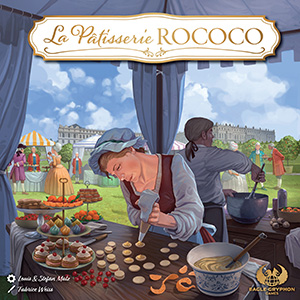
|

Creating
La Pâtisserie Rococo
Since we started developing board games back in 2008, we were often asked how such a design process works. Each time we answered, it was a completely new story because every single project is different, and we learned a lot during the years.
For our latest design, the upcoming La Pâtisserie Rococo, the story is something completely different, again.
The years 2018 and 2019 were mainly filled with working on our previous designs, Tungaru and Valparaíso. But during that time, we also worked a lot with Eagle-Gryphon Games to release Rococo Deluxe Edition, a reimplementation of Rococo with our first self-developed solo mode.
Bored Beyond Belief?
All this work was finished almost simultaneously in 2019, giving us a lot of time to reflect on the next project to start. In December 2019, a spark of an idea came to life: Take the best from those three games, inject some of the mechanics we always wanted to try, and create a new game that would be a worthy successor to all those games, especially Rococo. A setting came to mind: a baking competition.
So, in January 2020, we started outlining what the game should be like, initially using the title Cookie Champion.
For the first time, its design started with the setting alone. Over several weeks, I talked with my wife Anja (an enthusiastic baker) again and again about the main elements of baking. We were talking cakes, tartes, biscuits, cookies, and even pizza. Unfortunately, a game with a limited set of materials and a playing time of mere hours could not handle the overall scope of all those types of yummy baking. Finally, we decided to concentrate on cookies.
This is how the first brainstorming results looked like (notes in German):
|
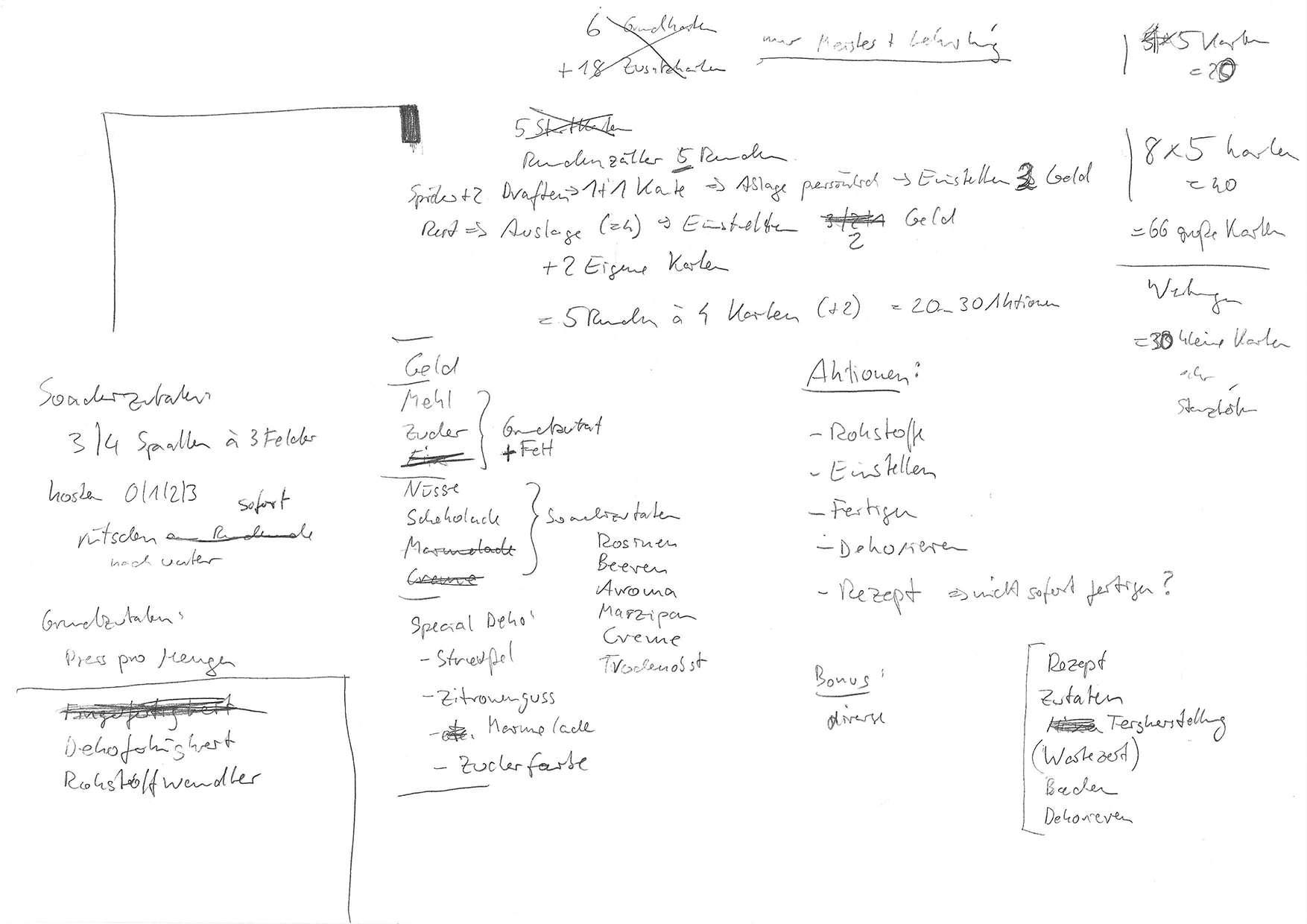
Bild 1: Ergebnis des ersten Brainstormings
Image 1: First brainstorming results
|
Nachdem der Backvorgang auf die wichtigsten Zutaten und Schritte reduziert war, ging es mit den Spielmechaniken weiter. Es dürfte nicht überraschen, dass die Hauptmechanik ein Kartenmanagement ähnlich dem bei Rokoko wurde, allerdings mit einigen deutlichen Unterschieden.
Was mir an Rokoko nie gefallen hatte, war die Tatsache, dass die Anzahl der Karten im Spiel konstant war, d.h. in jedem Spiel wurden die gleichen 28 Personalkarten benutzt, lediglich in leicht variierender Reihenfolge. Das musste geändert werden, und die Lösung war ein Karten-Drafting, das wir schon immer mal ausprobieren wollten.
Der erste Schritt in diese Richtung sah so aus:
|
|
Once the baking process was reduced to the main ingredients and steps, we started thinking about the game mechanics. Not surprisingly, the main mechanic was decided to be a card management similar to that from Rococo, but with some significant differences.
One thing I never liked about Rococo was the fact that the number of cards in the game was fix, i.e., in every game, the same 28 employee cards were used, only in a slightly randomized order. So, it was time to change that, and the solution was a card drafting element that we always wanted to test.
This is one step along the way:
|
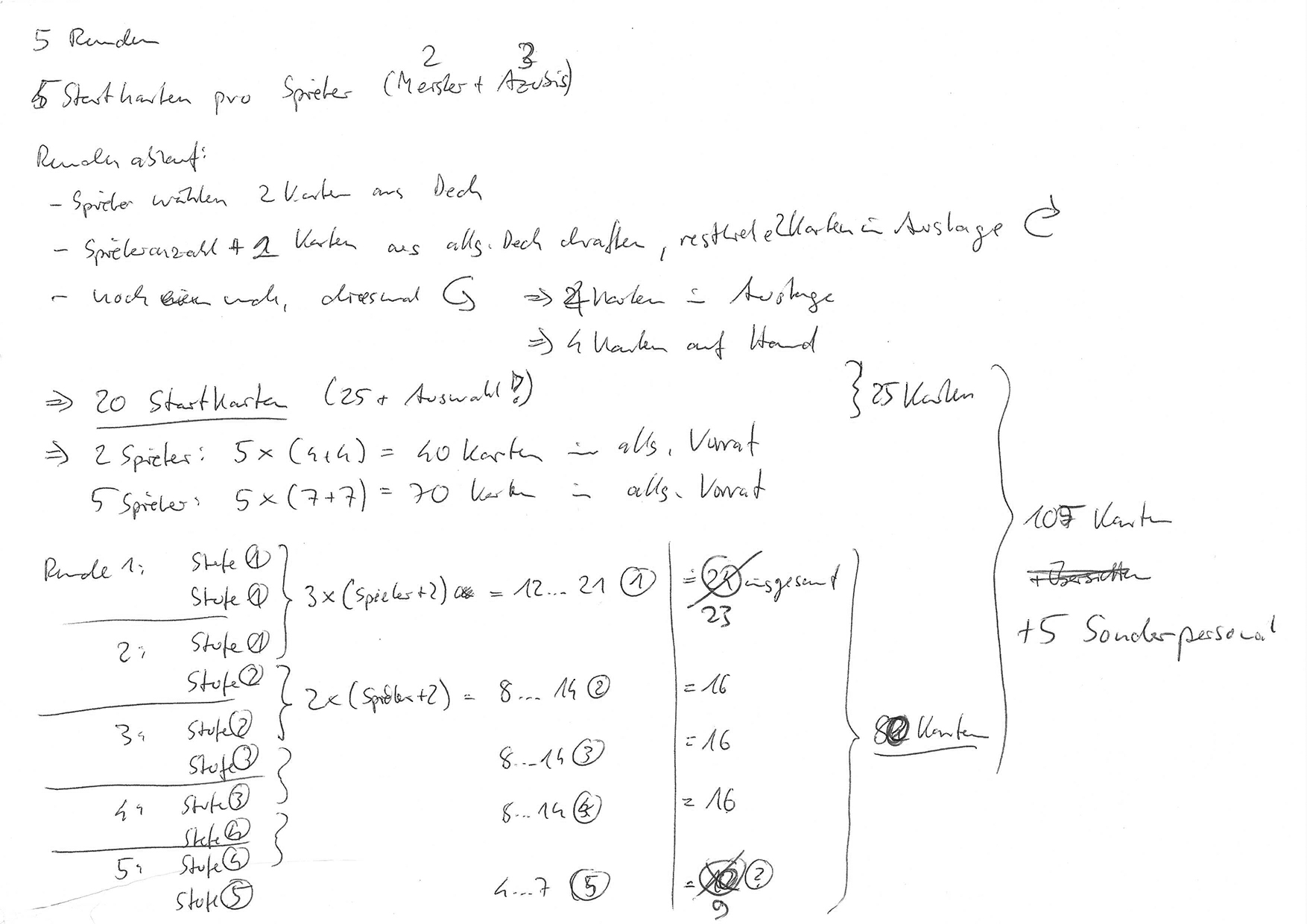
Bild 2: Grober Spielablauf und Kartenverteilung
Image 2: Basic gameplay and card distribution
|
Das Drafting erfüllte zwei Designziele: Die Anzahl der Karten im Spiel war quasi unbegrenzt (man könnte jederzeit weitere Karten hinzufügen) und die Anzahl an „wichtigen“ Entscheidungen pro Partie nahm zu.
Ein anderes Element aus Rokoko wurde wiederbenutzt, allerdings anders: Anstelle von drei Arten von Personal, die zunehmend vielseitig waren (Auszubildende, Gesellen, Meister), wollten wir mit nur zwei Arten arbeiten, die nicht zwangsläufig „besser“ und „schlechter“ waren, sondern bloß anders in der Hinsicht, dass man manchmal den einen Typ benötigt, manchmal den anderen, und manchmal irgendeinen davon. Dies führt zu einer ganz anderen Art, wie die Spieler über ihr Kartenmanagement nachdenken.
Nachdem die Handhabung der Karten feststand, war es an der Zeit, den Backprozess in einen Satz von Zutaten und Aktionen umzusetzen. Hier ist ein Zwischenergebnis:
|
|
The drafting solved two design goals: The number of cards in the game was virtually unlimited (one could add additional cards to the supply at any time) and the number of “important” decisions to be made during a game increased.
Another element from Rococo was reused, but differently: Instead of three types of employees that were increasingly versatile (apprentice, journeyman, master), we wanted to work with only two types that were not necessarily “better” or “worse”, but just different in a way that you’ll sometimes need the one type, sometimes the other type, and sometimes any one of them. This leads to a completely different way of how players think about their card management.
Once the card handling was basically decided upon, it was time to translate the baking process into a set of resources and actions. Here’s an intermediate result:
|
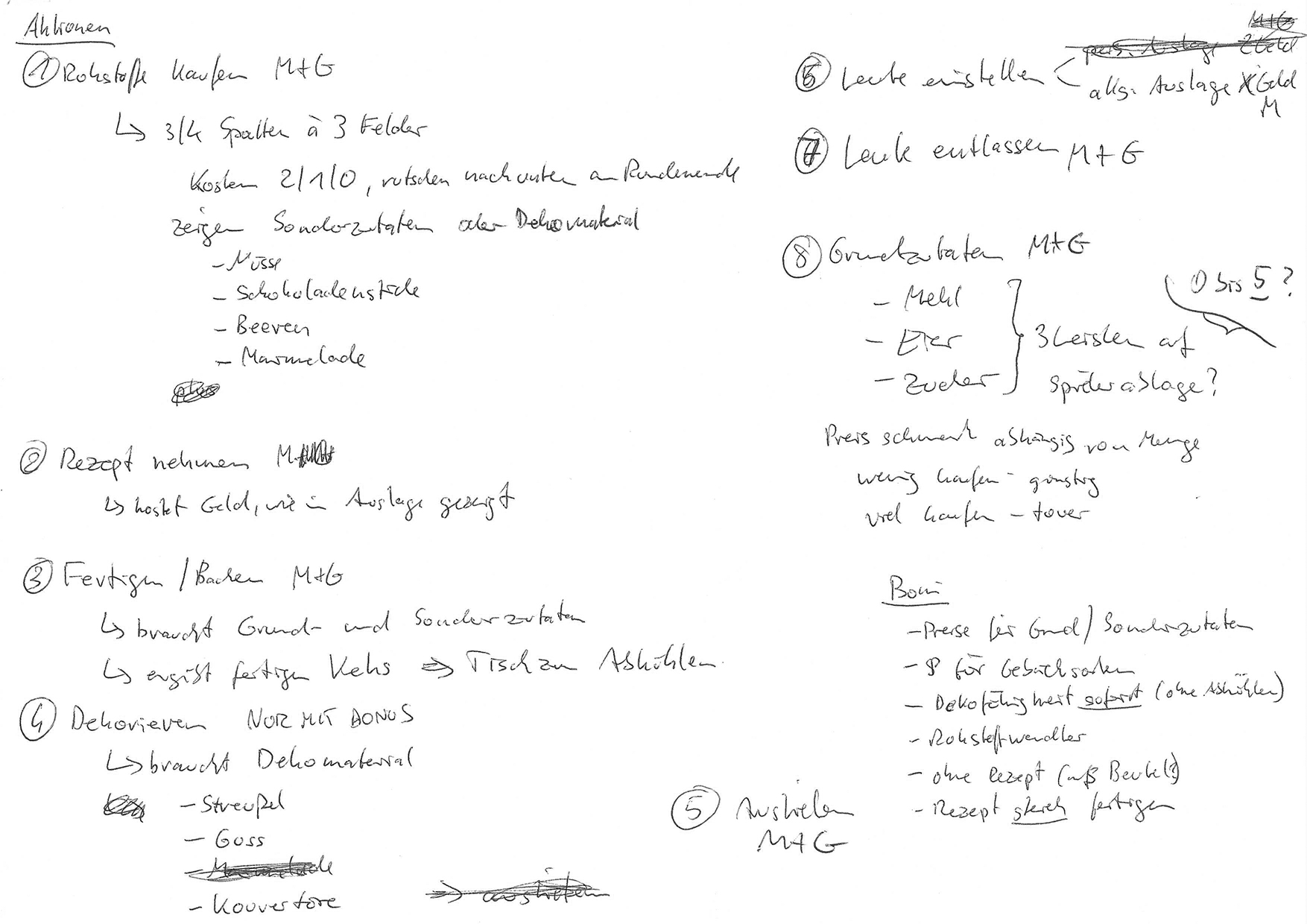
Bild 3: Die einzelnen Schritte des Backens
Image 3: The individual steps of baking
|
Kleine Scheißerchen!
Aufgrund der weltweiten Probleme durch das Corona-Virus zog sich die Planung ziemlich in die Länge. Im November 2020 war der erste physische Prototyp fertig und wurde intern getestet. Nach vielen kleinen Änderungen wurde er im Januar 2021 auf echte Spieler losgelassen (mein Beileid). Wie üblich ergab dieser Test viele Schwächen und ließ uns in die Designphase zurückkehren, bis dann im März die nächsten Tests stattfanden.
Zu jener Zeit wurde das Spiel noch über 5 Runden gespielt, was zu einer durchschnittlichen Spieldauer von 30 Minuten pro Spieler führte – genau wie geplant. Trotzdem brachten uns Rückmeldungen der Tester und unsere eigenen Eindrücke dazu, das Spiel auf 4 Runden zu kürzen, da die letzte Runde überflüssig schien und nur wenige Minuten dauerte, weil die Auswahl an sinnvollen Aktionen sehr begrenzt war.
Also gingen wir zurück zur Entwicklung und kappten die fünfte Runde, wodurch die Karten aus vormals 5 Runden auf nun nur noch 4 Runden verteilt wurden, ohne die Kartenanzahl nennenswert zu reduzieren.
Hier einige beispielhafte Prototyp-Personalkarten nach dem Übergang zu vier Runden:
|
|
That Little Bugger!
Due to the worldwide setback caused by the Corona virus, all this planning took quite some time. In November 2020, the first physical prototype was created and self-tested. After lots of small changes, the first raw test with actual players (pity them) took place in January 2021. As usual, this test showed many flaws in the initial design and made us return to design phase until the next playtests were performed in March.
At that time, the game was still played for 5 rounds, resulting in an average playing time of about 30 minutes per player which was the window we aimed for. But feedback from players and our own impressions made us think about shortening the game to four rounds since the last round seemed useless and usually took only a few minutes since the choice of useful actions was very limited.
So, we went back to the design and cut the fifth round, redistributing the cards of previously five levels to now only four levels without reducing the overall number of cards too much.
Here are some sample prototype staff cards after the switch to only four rounds:
|
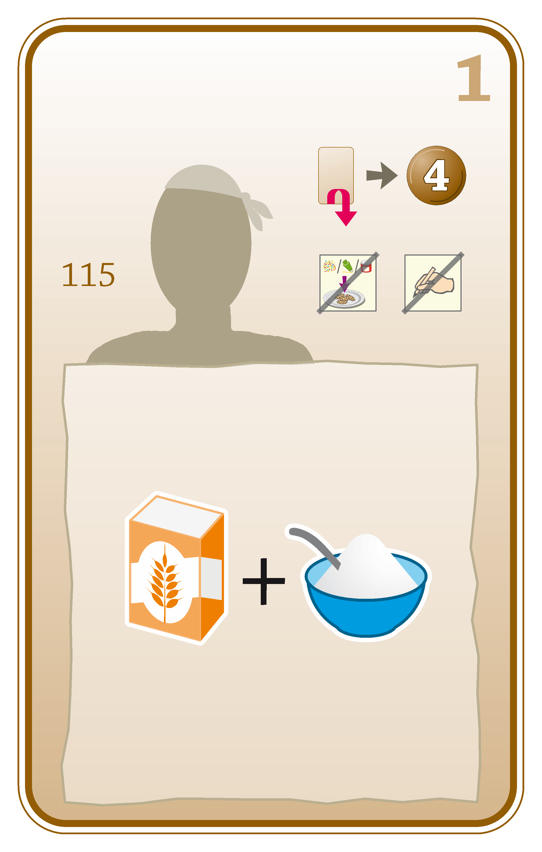 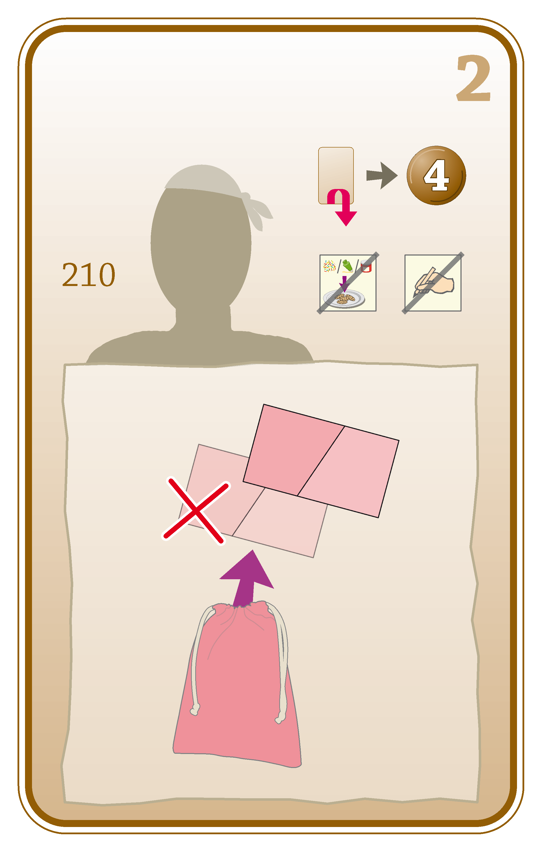 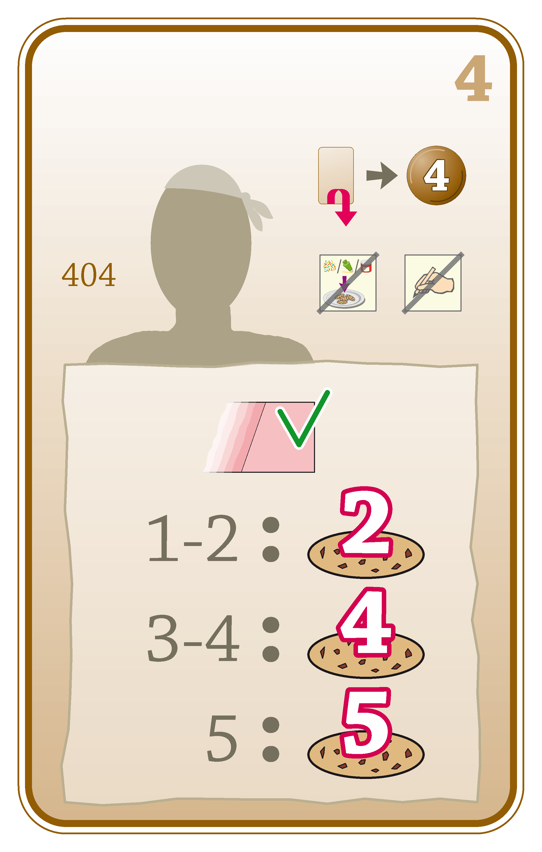
Bild 4: Prototyp-Grafiken einiger Personalkarten
Image 4: Prototype graphics of some staff cards
|
Zu unserem Erstaunen machte diese Änderung das Spiel deutlich besser bei fast unveränderter Spieldauer – die durchschnittliche Spieldauer sank nur um 5 bis 10 Minuten.
Nach rund einem Jahr eher ereignislosem (aber dringend notwendigem) Testen mit kleineren Änderungen kam die Entwicklung zu einem unerwünschten Fast-Stillstand aufgrund der begrenzten Anzahl verfügbarer Testspieler vor Ort. Wir brauchten dringend mehr Testspieler und mehr Rückmeldungen von diversen Leuten. In Zeiten von Corona mit vielen eingestellten Spieletreffen war das ein echtes Problem. Die offensichtliche Lösung war Online-Spielen, doch wir hatten keinerlei Erfahrung mit Programmen wie Tabletopia und Tabletop Simulator.
Bin ich schon drin?
Im Sommer 2021 begann ich ein Forschungsprojekt, um Cookie Champion auf einer dieser beiden Online-Plattformen umzusetzen, und entschied mich schnell für Tabletopia. Nicht, weil es die bessere Plattform in Hinblick auf Benutzung oder Stabilität gewesen wäre, sondern weil die Funktionen zum Einlesen großer Mengen von Karten und Plättchen sich mit meinen Quelldaten besser vertrugen. Ein Bild für jede Karte und jeden Plan, zwei Bilder für jedes doppelseitige Plättchen, plus magnetische Flächen und PDF-Spielregeln. Nicht perfekt, aber die mit Abstand beste Lösung für mich, weil es einen fast automatischen Ablauf vom Design hin zu Tabletopia ermöglichte.
Hier der Prototyp der Ablage für Spieler:
|
|
To our surprise, that change made the game a lot better while keeping the playing time almost unchanged – the average playing time was only reduced by 5 to 10 minutes.
After about one year of rather uneventful (but much needed) playtesting with only minor changes, the whole development came to an unfortunate bottleneck due to the limited number of available in-person playtesters. We urgently needed more playtesters and more feedback from various people. In times of Corona with many cancelled gatherings, that was a real problem. The only obvious solution was playing online, but we had no experience with tools like Tabletopia and Tabletop Simulator.
Let’s Go Online
In summer 2021, I started a research project, trying to implement Cookie Champion in either of those two online platforms, soon deciding for Tabletopia to be the platform of my choice. Not because it was the better platform in matter of handling or stability, but because the methods available for importing huge numbers of cards and tiles was better compatible to my own data. One image file for every card and board, two image files for double-sided tiles, plus optional magnetic areas, and PDF rulebooks. Not perfect, but by far the best solution for me since it allowed an almost automatic workflow from design to Tabletopia.
The prototype player board:
|
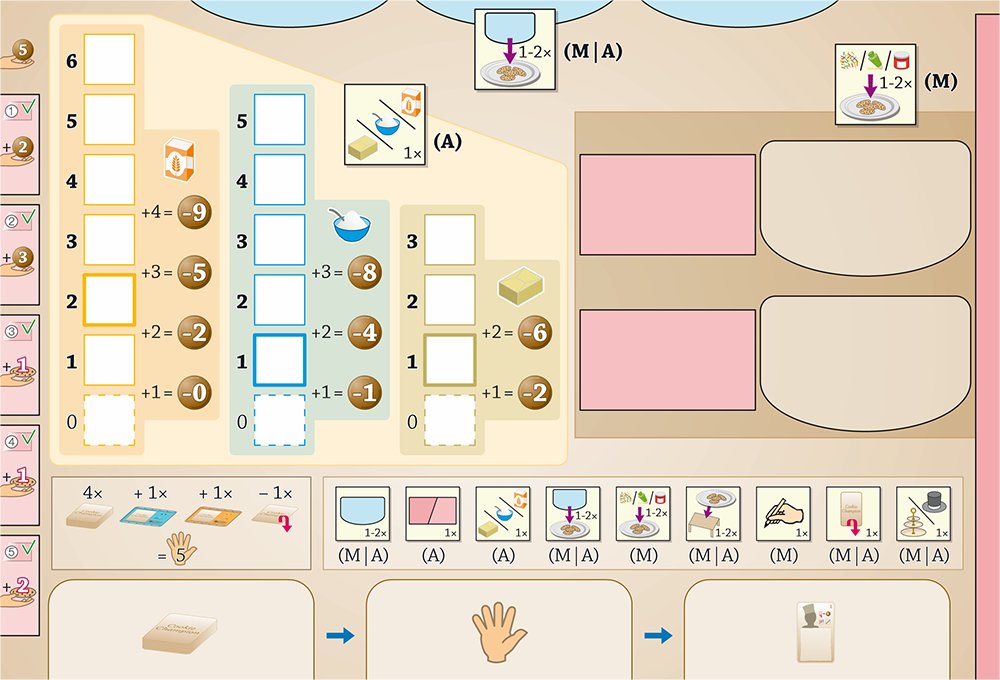
Bild 5: Prototyp-Design der Spielerablage
Image 5: Prototype design of the player board
|
Es dauerte mehrere Monate, bis der erste vollständige Prototyp für technische Tests verfügbar war, und anschließend noch einige Wochen für Optimierungen, bis er gut genug war, um damit tatsächlich das Spiel zu spielen.
Während dieser Zeit hatten wir bereits einige Verlage kontaktiert, mit denen wir zuvor schon gearbeitet hatten, einschließlich Eagle-Gryphon Games. Unser Ansprechpartner dort, Ralph H Anderson, ist ein bekennender Rokoko-Fan und hatte mit uns 2019 für mehrere Monate an der Rococo Deluxe Edition mit hervorragenden Resultaten gearbeitet.
Wieder zuhause
Umso mehr hat es uns gefreut, als wir bereits kurz nach unserer Kontaktaufnahme eine Zusage hatten, Cookie Champion zu veröffentlichen, und die echte Arbeit beginnen konnte. Jetzt, mit einer funktionieren Online-Plattform und wieder stattfindenden Spieletreffen, erreichte das Testen einen neuen Höhepunkt mit durchschnittlich 10 Partien pro Monat und entsprechend vielen kleinen, aber feinen Änderungen an Spielregeln, Material und Handhabung. Das Austarieren wurde begonnen und das Spiel reifte in einer nie zuvor erlebten Geschwindigkeit.
Nachdem wir relativ sicher waren, dass es keine nennenswerte Änderung an den Mechanismen mehr geben würde, war es an der Zeit, den Solo-Modus zu entwickeln. Damals bei Rococo Deluxe Edition war dies noch neu für uns, ist aber meiner Meinung nach trotzdem ganz gut gelungen. So waren wir überzeugt, dass ein Solo-Modus für Cookie Champion mit unserer Erfahrung von fast 100 Mehrspielerpartien leicht zu erstellen wäre. Dennoch waren viele Tests notwendig, was einfacher durchzuführen war, da man allein testen konnte. Zusätzlich ermöglichten die Online-Umsetzung und einige Freunde intensives, zusätzliches Testen.
Erstmals bietet der Solo-Modus drei Schwierigkeitsstufen, um den Anspruch nach und nach zu steigern. Und da man im Solo-Spiel genauso wie im Mehrspielerspiel Punkte bekommt, kann man sogar auf die Jagd nach Highscores geben!
Diejenigen, die aufgrund der direkteren Interaktion nicht gerne zu zweit spielen, können den Solo-Modus wahlweise als dritten Spieler hinzunehmen. Mit ein wenig Verwaltung bekommt man dafür fast das Gefühl einer Drei-Personen-Partie (obwohl ich persönlich immer das normale 2-Spieler-Spiel dem Pseudo-3-Spieler-Spiel vorziehen würde, da ich schon das 2-Spieler-Spiel von Rokoko sehr gemocht habe und Cookie Champion in dieser Hinsicht meiner Meinung nach noch besser ist).
Bonbonfarben
Als sich das Spiel mechanisch der Ziellinie näherte, musste die optische Welt des Spiels erschaffen werden. Unser Prototyp war wie üblich recht ungeschliffen und nicht so farbenfroh, wie wir es uns vom fertigen Spiel erhofft haben. Die Rettung nahte in Form von Sarah Fletcher, die neu in der Welt der Gesellschaftsspiele ist. Sie hat unsere Designwünsche gekonnt aufgegriffen und eine herrlich bonbonfarbene Welt zum Leben erweckt:
|
|
It still took several months until the first complete prototype was ready for technical testing, and then some more weeks of optimization until it was good enough to actually play the game.
During that time, we already contacted some publishers we worked with in previous years, including Eagle-Gryphon Games. Our contact there, Ralph H Anderson, is a confessing fan of the original Rococo and worked with us on Rococo Deluxe Edition for several months in 2019 with splendid results.
Back Home
So, we were happy when only a short time after our initial contact, we had an agreement to publish Cookie Champion, and the real work could start. Now, having an online platform that worked, and many gaming groups and conventions starting again, the playtesting reached a new high with an average of 10 games played per month, resulting in many small but effective changes in rules, material, and handling. Balancing was started and the game matured in a speed we never experienced before.
After we were quite confident that no major change in mechanics would occur anymore, it was time to started creating the solo mode. Back with Rococo Deluxe Edition, creating a solo mode was new to us, but we managed that quite well, I think. So, our confidence was high that a solo mode for Cookie Champion was easy to be created with our experience of almost 100 multi-player games at that time. But still, lots of playtesting was necessary for the solo mode, being easier to facilitate since we could test by ourselves. Nevertheless, the online implementation and some friends allowed for a heavy additional testing.
For the first time, the solo mode features three difficulty levels allowing to up the game, so to speak. And since you score during a solo game like in any multi-player game, you can aim for new personal high scores, too!
Those of you who do not like 2-player games due to the more direct interaction can opt to include the solo mode opponent as a third player. For a little bit of management, you almost get the feeling of a 3-player game (although I would personally always prefer the native 2-player version over that pseudo-3-player game every time since I already liked the 2-player game of Rococo very much and in my opinion, Cookie Champion is even better in that regard).
Candy Colors
Once the game reached its mechanical finishing line, the art of Cookie Champion needed to be created. As usual, our prototype design was rather blunt and not as colorful as we hoped the final product to be. Rescue was already approaching in the form of board game newcomer Sarah Fletcher. She easily picked up our design intent and brought a candy colored world to life:
|
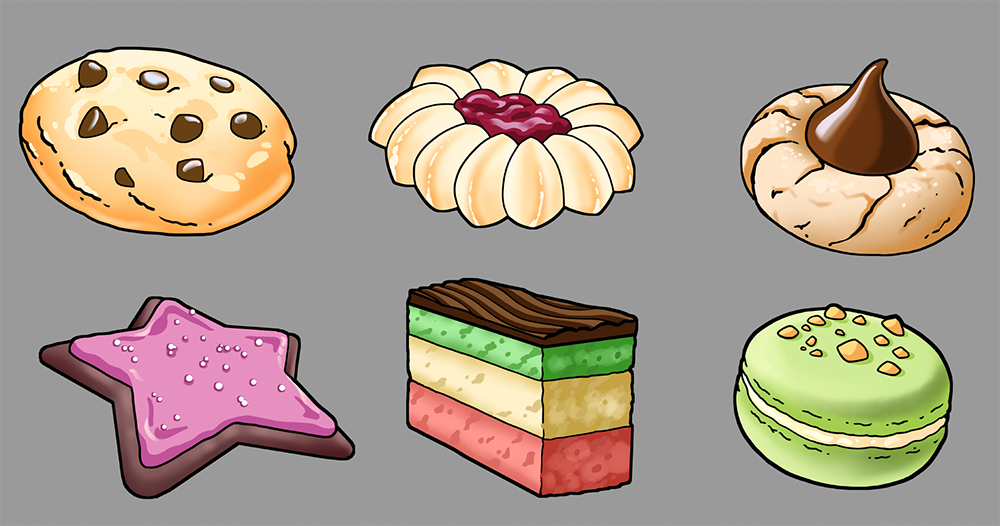
Bild 6: Fast fertige Keksillustrationen von Sarah Fletcher
Image 6: Almost final cookie artwork by Sarah Fletcher
|
Man sollte sich aber nicht von der spielerischen Farbigkeit einlullen lassen – in Cookie Champion geht um einen echten Wettbewerb. Da muss man auch mal die Ellbogen ausfahren, um diesen Wettbewerb zu gewinnen!
Ehrenrunde
Nach dem Start der Finanzierungskampagne stellte sich leider heraus, dass vielen von euch das Spiel optisch leider gar nicht gefiel. Auch einige Vertriebspartner meldeten Bedenken an.
So wurde entschieden, die Kampagne abzubrechen und das Spiel grafisch komplett zu überarbeiten. Nachdem Fabrice Weiss als neuer Grafiker gefunden wurde, wurde schnell beschlossen, das Spiel thematisch in die Zeit des Rokoko zu versetzen, nun unter dem Titel La Pâtisserie Rococo.
Und dann war es an der Zeit für Fabrice, seine Magie walten zu zu lassen …
|
|
But don’t be fooled by the playful colorfulness – Cookie Champion is about a serious competition. You’ll need to be ruthless to win that competition!
Lap of Honor
After the start of the funding campaign, it unfortunately turned out that many of you did not like the look of the game. Some distribution partners also expressed concerns.
So it was decided to cancel the campaign and completely rework the game's graphics. After Fabrice Weiss was found as new artist, it was quickly decided to set the game's theme in the Rococo period, now under the title La Pâtisserie Rococo.
And then it was time for Fabrice to work his magic …
|
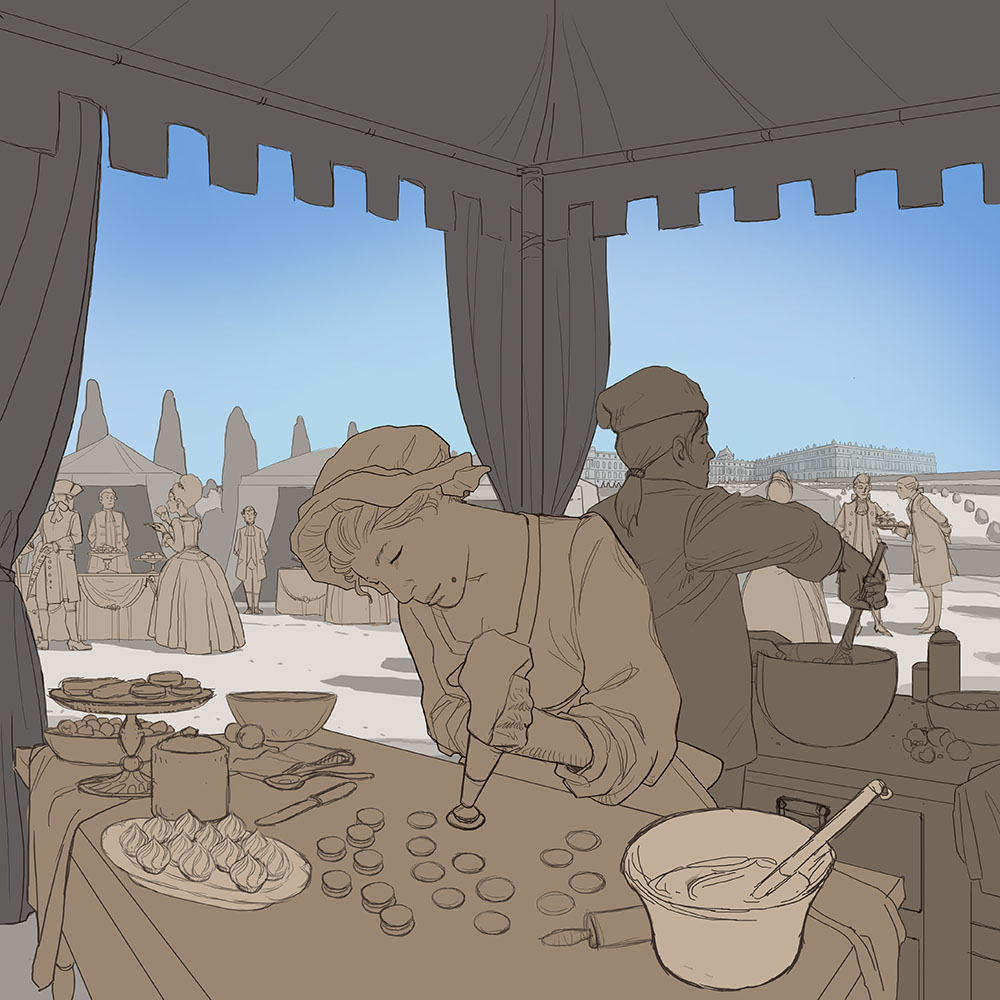
Bild 7: Früher Cover-Entwurf von Fabrice Weiss
Image 7: Early cover draft by Fabrice Weiss
|
Resümee
Beim ersten Lesen der Spielregel werden viele Mechanismen so klingen, als wären sie altbekannt – was gleichermaßen richtig und falsch ist. Durch die Verknüpfung bekannter Mechanismen mit neuen ist das Spielgefühl insgesamt ein deutlich anderes. So scheint beispielsweise die Personalauswahl identisch zu der bei Rokoko – aber da es nur noch zwei Personalstufen gibt, die ganz anders funktionieren, und jeder Spieler in jeder Runde zusätzliches Personal bekommt (und abwirft), sind die zu treffenden Entscheidungen neu und herausfordernd.
Für alle, die Rokoko schon kennen (und hoffentlich mögen), hier ein kurzer Vergleich zu La Pâtisserie Rococo:
|
|
Résumé
When initially reading the rulebook, you’ll find that many mechanics will sound like you already know them – which is both correct and incorrect. Due to the intertwining of familiar mechanics with new ones, the overall feel of the game is quite different. For example, the staff selection itself looks almost identical to that in Rococo at first – but since there are now only two levels of employees which work differently, and everyone will get (and discard) additional employees each round, the choices to be made are new and challenging.
For those of you who already know (and hopefully love) Rococo, here is a short comparison to La Pâtisserie Rococo:
|
|
|
La Pâtisserie Rococo
|
Rokoko / Rococo Deluxe Edition
|
Anzahl Runden
# of rounds
|
4
|
7
|
Pro Runde gespielte Karten
Cards played per round
|
5+
|
3+
|
Anzahl einzigartiger Personalkarten
# of unique employee cards
|
76
|
28
|
Komplexität gemäß BGG-Skala
Weight according to BGG scale
|
~3.30
|
3.06 / 3.08
|
Wiederspielbarkeit
Replayability
|
Hervorragend
(unterschiedliche Tischboni, unterschiedliche Sonderboni und unterschiedliches Personal in jeder Partie)
Splendid
(different table bonuses, different special bonuses, and different set of employees in every game)
|
Durchschnittlich
(unveränderliche Ballsäle, stets gleicher Bonus und gleicher Satz von 28 Personen leicht durchmischt in jeder Partie)
Average
(static ballrooms, only one static bonus, and same set of 28 employees randomized in every game)
|
Solo-Modus?
Solo mode?
|
Ja, mit 3 Schwierigkeitsstufen
Yes, with 3 difficulty levels
|
Nur in der Deluxe Edition
Only in Deluxe Edition
|
|
Zu unserer Freude wird La Pâtisserie Rococo eine Standardausgabe ohne übertriebene Deluxe-Komponenten werden, allerdings mit umfangreicher Ausstattung an aufwändig gestaltetem Material wie lasergeschnitten Holzteilen, durchgestanzten Ablagen und Stoffbeuteln. Dies ermöglicht einen attraktiven Preis von voraussichtlich 60 € bei vollem Spielspaß.
Genießt es!
|
|
To our delight, La Pâtisserie Rococo will be a standard release without excessive deluxe components, but still fully equipped with well-designed components such as laser-cut wooden pieces, punched-through player boards, and cloth bags. This will allow for a competitive price of probably about 60 $ while still bringing the full gaming fun to you all.
Enjoy!
|

|
|

